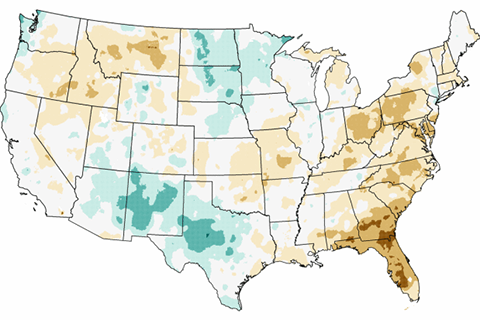
In this edition of Beyond the Data, we’ll look back at 2016 and identify some of the most meaningful climate and weather events from the year.
A blog by the nation’s official climate record keepers.

In this edition of Beyond the Data, we’ll look back at 2016 and identify some of the most meaningful climate and weather events from the year.
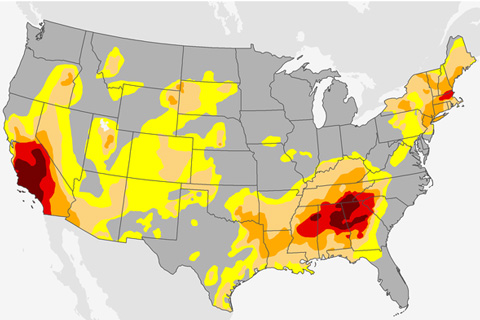
Drought has broken out across the southeast and southern plains this summer and fall. What got us to this situation, and how do we deal drought, which is unlike many of our weather hazards?
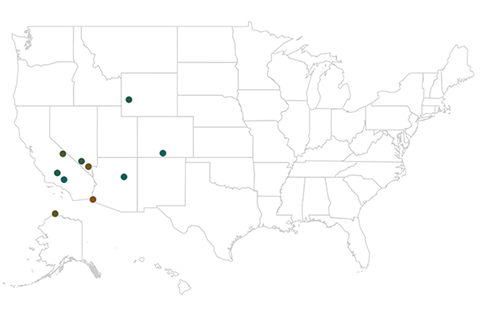
Unlike the United States' extreme temperature places, which are dominated by where you sit on a map, the extreme precipitation places tend to be dominated by what features are near you. We'll explore the driest and wettest places in the United States.
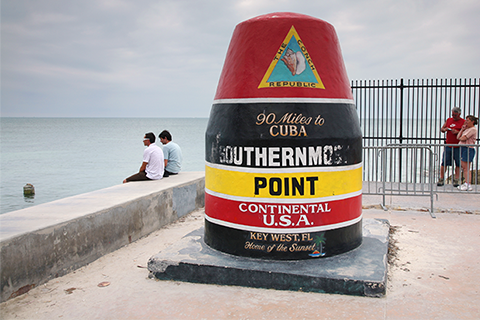
Sometimes, on a long journey, it’s good to revisit the basics. That’s the theme for this edition of Beyond the Data. We’re going old school, looking at some good old climatology adages and truisms, through the lens of a sturdy, reliable warhorse of a dataset.

July 2016 was the warmest month of the modern record. Yet, despite that, and maybe a little because of it, some interesting and very different things happened in and near Siberia, just a thousand miles from each other.
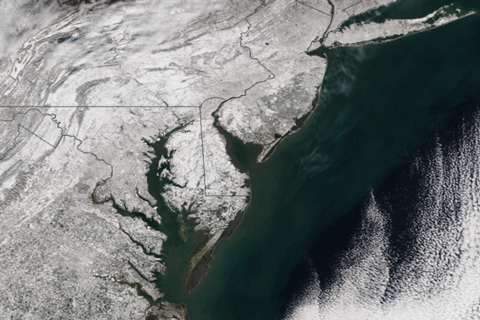
It might seem strange to be talking about snow cover during the heat of summer, but July 1st was “Snow New Year.” As most people do at the start of a new year, we’re reflecting on events from the past year to understand where we have been and where we might be going.
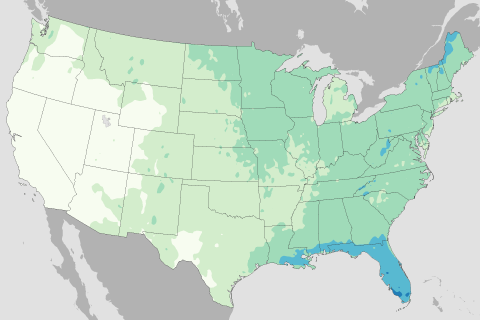
In this Beyond the Data blog, Deke Arndt talks about using the climate record to predict the odds of rain on the Fourth of July.
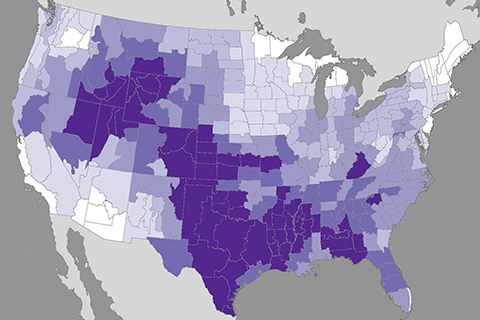
For much of the country, summer temperatures are somewhat sensitive to late-spring precipitation. It turns out that summer afternoons are way, way more sensitive than summer nights.
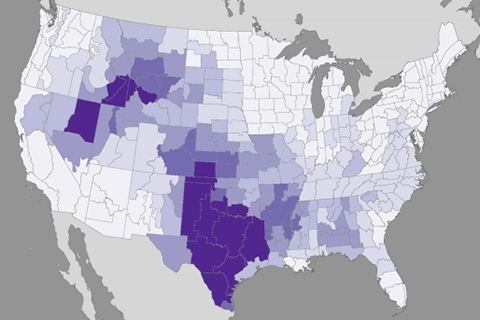
This week's Beyond the Data blog examines how spring precipitation influences summer temperatures, and why this matters a little more in land-locked areas. Flyover Country, from one of your native sons, this blog’s for you.
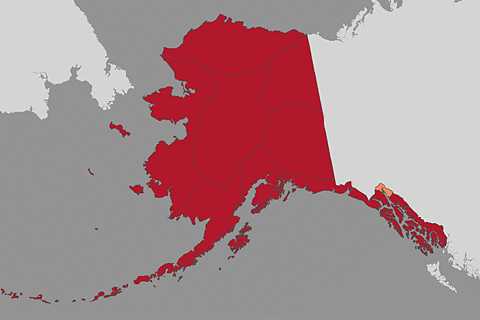
Alaska’s statewide warming rate of +5.3°F per century since 1950 is faster than any other state in the Union, by a comfortable margin. In our latest Beyond the Data blog, NCEI's Deke Arndt talks about how the interplay between climate and landscape and the soil itself put the Last Frontier on the front lines of climate change.